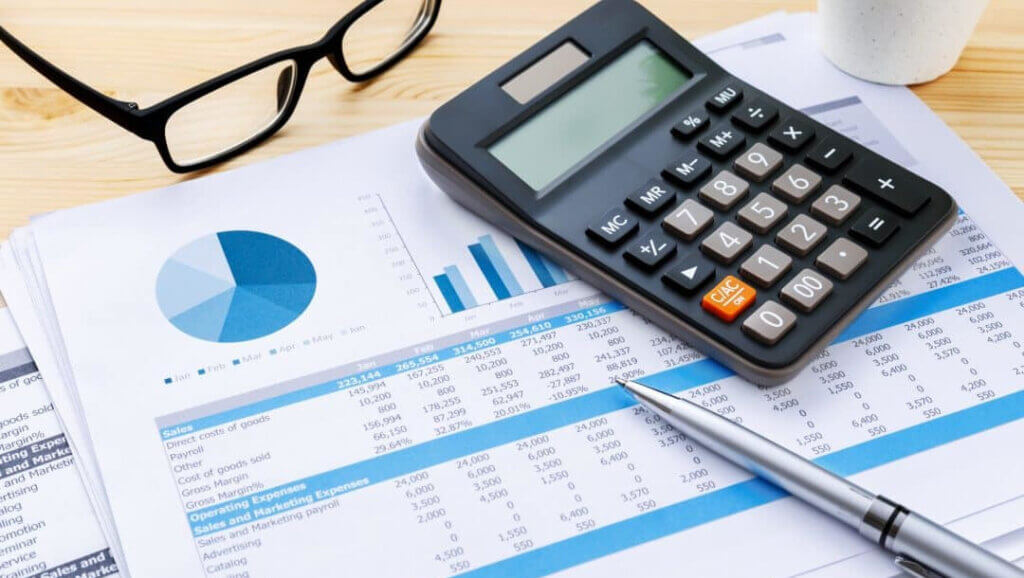
Flow-through is the amount of incremental profit that flows through a hotel relative to the previous year.
NB: This is an article from Mews
Essentially, it is the percentage of incremental profit that flows to the bottom line, or in other words, it is the hotel’s income after expenses have been deducted from revenues. This flow-through is usually directly related to a revenue surplus relative to what was budgeted.
Subscribe to our weekly newsletter and stay up to date
Flow-through in the hospitality industry is fundamental to understanding how profitable your business is, especially across all the different departments. By managing this figure, you can fully understand the structure’s financial results, and project for future growth. In this article we will discuss what flow-through means, how it works, how to calculate it, and why it’s crucial in the hotel industry.
What does flow-through mean?
In the case of the hospitality industry, understanding how different departments affect the hotel’s actual revenue is essential in order to turn revenue into profit. It is also the key to sustained growth.
Traditionally, occupancy rate, average daily rate (ADR) and revenue per available room (RevPAR) were the key metrics to understand a hotel’s performance, but flow-through goes a step further.
While a hotel gets revenue from all the different services they offer, it’s not mere profit, as a good part of the revenue needs to be used to pay for human resources, to pay utilities, suppliers and bills, among other expenses. Profit is only considered once all those expenses are covered, and this process is known as flow-through, which can be represented as a percentage. In other words, flow-through determines what made it through from revenues to profit.
How does it work?
So now that we understand what flow-through is, let’s take a look at how it works.
Essentially, flow-through goes beyond basic hotel data analytics, instead, it allows you to compare predicted numbers to actual numbers in order to see if you are making the profit you should be making. Flow-through is a way of benchmarking and seeks to solve the question: “How much incremental profit did my hotel make?”
Let’s take an example. Suppose you raised your room rate by 8% a night, but at the same time the unions established a 20% increase in minimum wages for staff. Even though you raised the rooms by 8%, you will have less revenue because your expenses increased, so you might need to raise your rates even further to be able to make the same profit prior to the wage increase.
By understanding this concept, we can further look at what else would need to be adjusted in order to compensate for the additional costs in order to make (or surpass) the projected profit. Now let’s take a look at how to calculate this number.






